
Friday was a day of celebration on the shore of the Yukon river at Fort Selkirk.
Drumming and singing filled the air on Friday, as over one hundred people including Selkirk First Nations citizens, territorial government officials, and media traveled by boat and plane to Fort Selkirk to witness the government of Yukon and Selkirk First Nation signing the third Fort Selkirk Historic Site Management Plan.
The first plan was signed in 1990, and the second was signed in 2000.
It sets out how the former trading post of Fort Selkirk and it’s 37 historic structures, which includes the Yukon’s oldest house - built in 1890, will be protected.
The new management plan includes a buffer zone around Fort Selkirk where mining can’t happen, and a title raised in 2010, with the Yukon and Selkirk First Nation as co-owners of the site.
“This is a pretty special day,” says Selkirk First Nation Deputy Chief Morris Morrison, “what it means is, the future generations get to enjoy this place as much as I did growing up. There’s a strong history of our people here, and it’s just an opportunity for the youth to learn more about their culture and background.”
The history of Fort Selkirk goes back thousands of years as the home of the Selkirk First Nation. In 1848, Robert Campbell established a Hudson’s Bay store there, which brought colonial culture and development. It’s location along the Yukon River made it a major trading post, and at one point, many considered it the unofficial capital of the Yukon. When the Alaska Highway was built in the 1940s, river travel died down and Fort Selkirk became mostly abandoned. By the 1950s, most full-time residents moved to either Pelly, or Minto.
Media were given a tour of the historical site by Freda Alfred, who’s mother grew up there, and still spends her summers there.
“The majority of our people went to this church because the other church was closed down for 40 years,” Alfred explains, standing in the old St. Andrew's Anglican Church built in 1931, “later on father Bobillier came back and opened up the other church and said the only one who went to that church was Copper Joe.”
Alfred says the Roman Catholics in the community discouraged many first nations traditional practices such as cremations.
Buildings on the site include the church, an RCMP detachment, a Taylor and Drury store, and a machine shop. They have been braced and reinforced to be structurally sound, but work still needs to be done to restore the interiors.
That work will be implemented in phases as funding and resources become available.
Check out more photos on CHONFM's Facebook and instagram pages!


 Kwanlin Dün First Nation celebrates 20th Anniversary of Final Agreement
Kwanlin Dün First Nation celebrates 20th Anniversary of Final Agreement
 Yukon RCMP Traffic Services are investigating a collision between a police vehicle and a cyclist
Yukon RCMP Traffic Services are investigating a collision between a police vehicle and a cyclist
 Former teacher calls out education minister for inaction
Former teacher calls out education minister for inaction
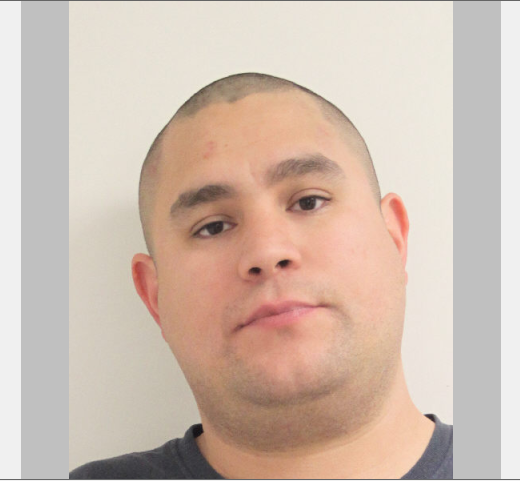 Yukon RCMP issue arrest warrant
Yukon RCMP issue arrest warrant
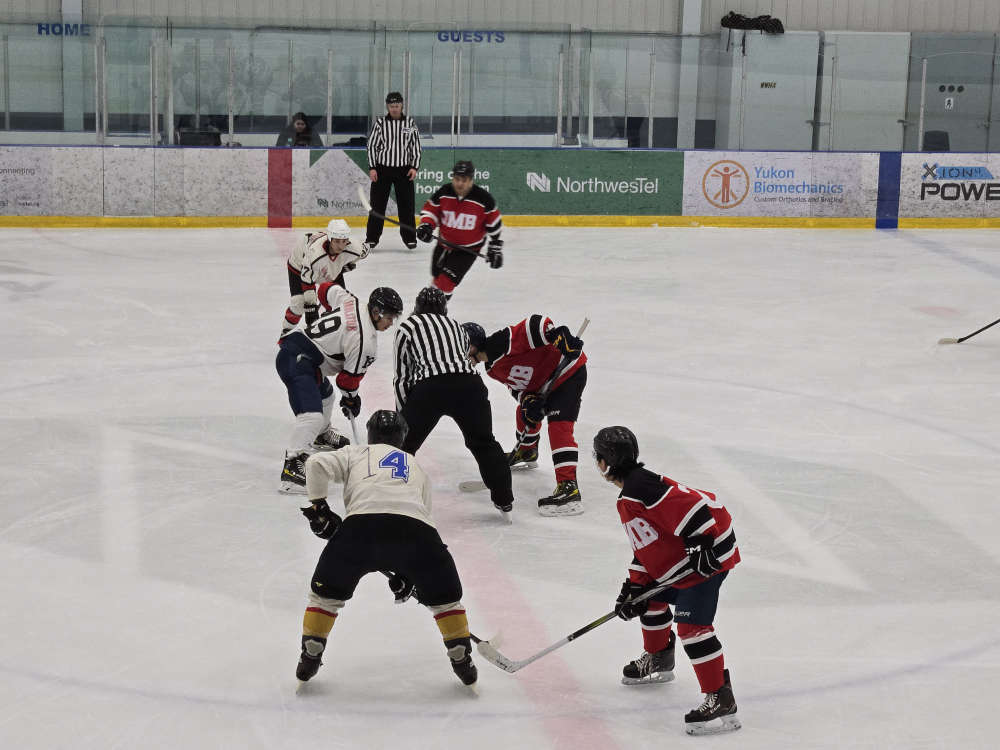 Yukon Native Hockey Tournament kicks off its 45th anniversary with more teams than ever before
Yukon Native Hockey Tournament kicks off its 45th anniversary with more teams than ever before
 Whitehorse RCMP search for missing man
Whitehorse RCMP search for missing man
 B.C. man, two Watson Lake residents arrested on warrants in Whitehorse
B.C. man, two Watson Lake residents arrested on warrants in Whitehorse
 Ross River RCMP arrest two men in separate, unrelated investigations involving stolen rifles
Ross River RCMP arrest two men in separate, unrelated investigations involving stolen rifles
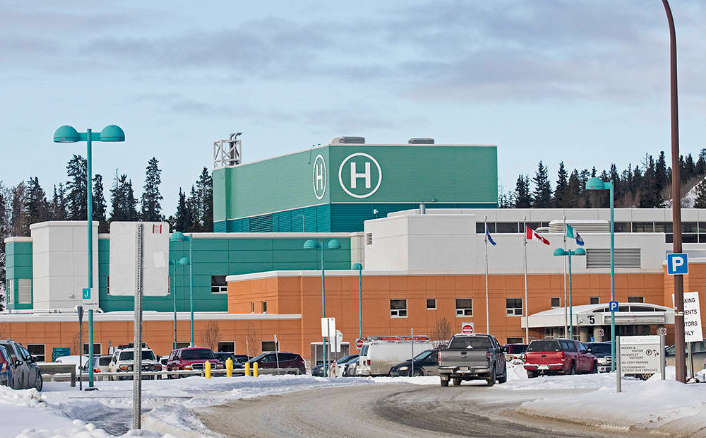 Medical Staff Association president raise "significant concerns" surrounding acute care at Whitehorse General
Medical Staff Association president raise "significant concerns" surrounding acute care at Whitehorse General
 Whitehorse count indicates 83 per cent of homeless in 2024 were Indigenous
Whitehorse count indicates 83 per cent of homeless in 2024 were Indigenous
 Whitehorse RCMP seek public's help in locating missing 73-year-old man
Whitehorse RCMP seek public's help in locating missing 73-year-old man
 CYFN opens new wellness centre in Whistle Bend
CYFN opens new wellness centre in Whistle Bend
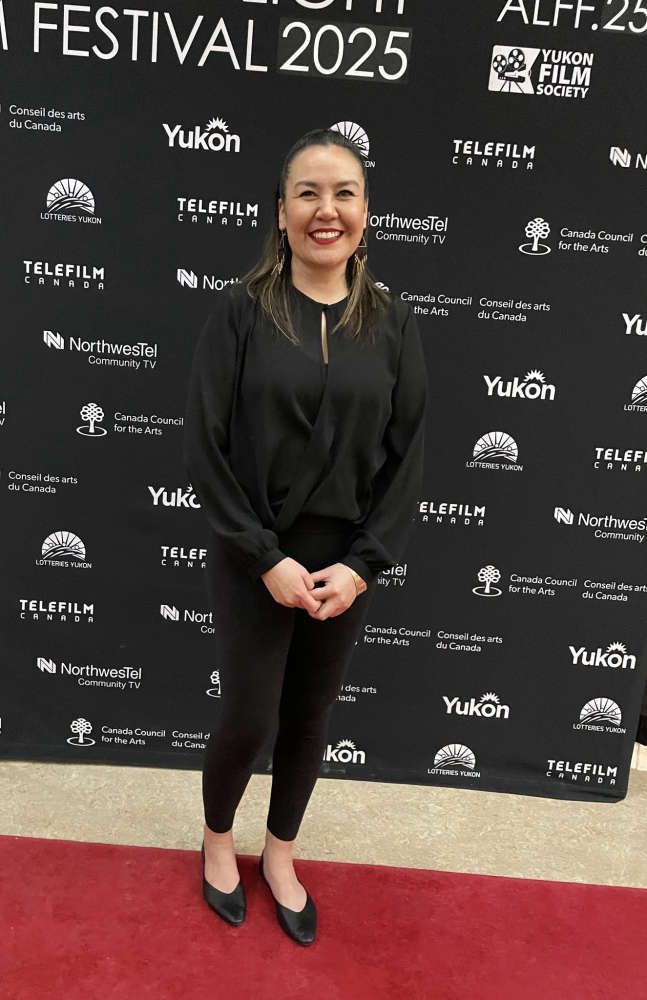 'Old Crow a Philosophy' makes global premiere at YAC
'Old Crow a Philosophy' makes global premiere at YAC
 Yukon First Nations Culture and Tourism Association cancels events for 2025, including Adäka Festival
Yukon First Nations Culture and Tourism Association cancels events for 2025, including Adäka Festival
 Whitehorse residents and Yukon NDP speak out against a proposed transit fare hike
Whitehorse residents and Yukon NDP speak out against a proposed transit fare hike
 Diane Strand wins Haines Junction mayoral byelection
Diane Strand wins Haines Junction mayoral byelection
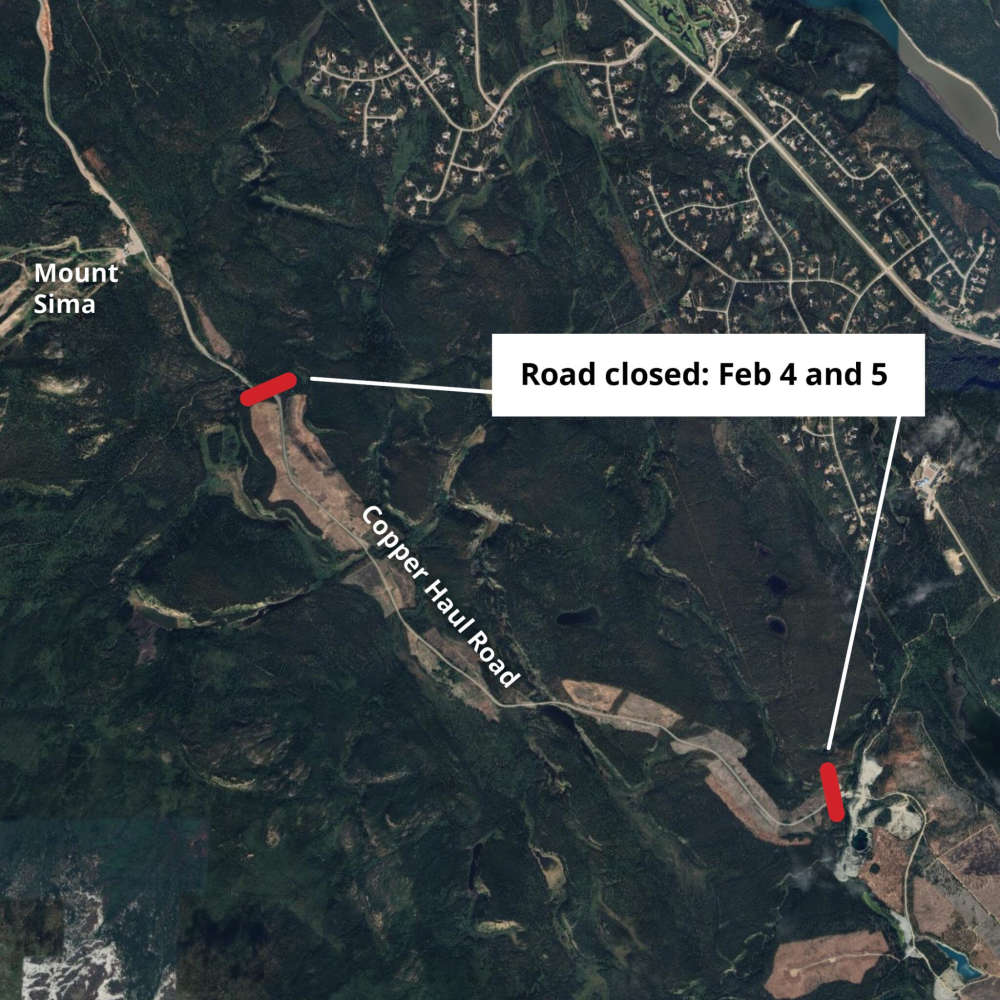 Copper Haul Road closure announced for bridge repairs
Copper Haul Road closure announced for bridge repairs
 Yukon Government and Canadian Government partner to boost local businesses
Yukon Government and Canadian Government partner to boost local businesses